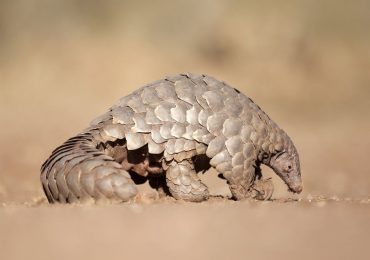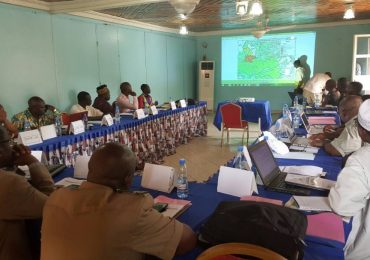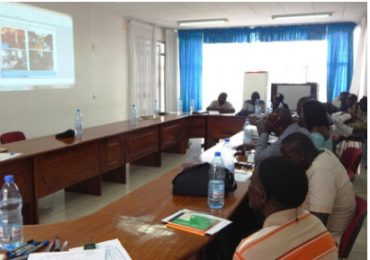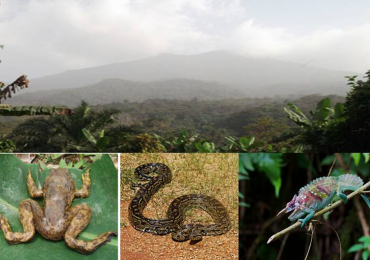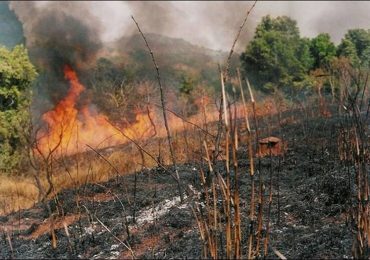The unsustainable exploitation of natural resources which includes over-exploitation and the use of unfavorable practices constitute major drivers of biodiversity loss.
By Paul Anu
The drivers of biodiversity loss and the threats to species are attributed to natural and anthropogenic causes with direct or indirect impacts on biodiversity in all ecosystems. Unsustainable exploitation in forest concessions which result in the destruction of non-utilized species accounts for 1% annual forest loss. Unsustainable fish harvest with the use of inappropriate fish nets and destruction of mangroves deplete fish stocks and spawning grounds. In other sectors, unsustainable tourism, mining, extractive industries, and infrastructure development such as dams, dikes, urban development lead to ecosystem and habitat degradation.
High demands and pressures on specific Non-Timber Forest Products (NTFPs) have led to over-exploitation and the unsustainable harvests of the species presenting threats of depletion. Over-exploitation of wildlife species are also of increasing concerns. High population density, accentuated by its relatively high level of poverty especially in the semi-arid regions, leads to increased dependence on wildlife through poaching for food and income generation.
Land use change has had the most significant impact on biodiversity. The quest for land for agricultural purposes is one of the principal driving forces in a system with a nature-driven economy.
The increase in conversion of forests to mono-culture plantations also pose great threats to biodiversity with large agro-scale plantations such as Cameroon Development Corporation (CDC) extending its plantations.
PAMOL recently established a new extension of approximately 12.000 hectares, HEVECAM intends to extend in four blocks totaling 18.889 hectares, while Herakles Farms wants to establish a bio-fuel palm plantation in an area of 75.000 hectares.
Associated environmental changes which impact on biodiversity include global warming resulting in temperature rise which in turn has affected precipitation and water availability, sea level rise with associated coastal inundations and loss of some coastal and mangrove islands. There has been a drop in the annual rainfall of 10% in the humid tropics and more than 30% in the Sahel with erratic heavy storms and floods. This has devastating consequences on reproduction of species and ecosystem resilience resulting in loss of species and land degradation. With a change in ecosystem functions, ecosystem services offered are equally modified.
The trend in the loss of biodiversity is exacerbated by recurrence of natural disasters such as floods and sedimentation which destroy aquatic life and impose suffering on populations, while volcanic activity in montane ecosystems emit large quantities of gases and solid wastes that affect biodiversity.


